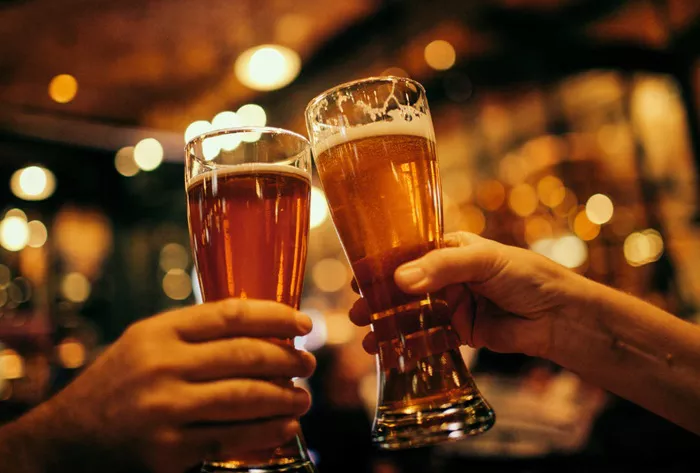While alcohol is a regular fixture in social settings—from wine at dinner to beers at barbecues and cocktails during nights out—many are left wondering whether certain types of alcoholic beverages are healthier than others. According to Dr. Ulysses Wu of Hartford HealthCare, the short answer is no.
“Alcohol is a toxin that your body has to process,” Dr. Wu explains. “Not everyone has the enzymes needed to do this effectively. Regardless of whether it’s wine, beer, or liquor, alcohol can negatively affect the liver, metabolism, and increase the risk of long-term diseases. The bigger concern is how frequently it is consumed, not necessarily what form it takes.”
Still, when choosing to drink, some options may be less harmful than others. Here is a breakdown of the main categories:
Wine: Slightly Better, But Not a Health Elixir
Wine, particularly red, has long been touted for its potential heart benefits. A standard 5-ounce glass of red wine contains about 120–130 calories, while white wine has slightly fewer, at around 110–120 calories. Red wine also contains antioxidants like resveratrol, though likely not in quantities sufficient to significantly impact health.
“There’s some minor evidence that red wine’s antioxidants are heart-healthy,” Dr. Wu acknowledges. “But the benefits are small, and it’s far better to obtain those nutrients from food.”
Recommendation: Enjoy wine in moderation—up to one glass per day for women and two for men—and avoid viewing it as a health supplement.
Beer: A Bellyful of Calories
Beer has a reputation for contributing to weight gain, and there’s some truth to that. A typical 12-ounce beer contains 150–200 calories, while light beers range from 90–110. Heavier craft beers, particularly IPAs, can climb to 200–500 calories, especially in oversized cans.
“Beer doesn’t uniquely cause belly fat,” says Dr. Wu. “But the carbohydrates, calorie count, and alcohol’s metabolic effects make it a contributing factor.”
Non-alcoholic beers have become increasingly popular and now offer a lower-calorie alternative without sacrificing taste.
Tip: Watch for serving sizes—many craft beers exceed the standard 12 ounces—and consider non-alcoholic options for fewer calories.
Cocktails: Hidden Calories in Every Sip
Cocktails can vary dramatically in calorie content. A simple vodka soda contains about 100 calories, but additions like juice, syrup, or cream-based liqueurs can quickly push the total beyond 400.
“The best analogy is coffee,” Dr. Wu says. “Black coffee is nearly calorie-free, but most people don’t drink it that way. The more ingredients added, the more it resembles a full meal in terms of calories.”
Healthier cocktail choices include:
- Vodka or tequila with soda water and lime
- Gin with diet tonic
- Whiskey on the rocks
- A dry martini
Warning: Portion sizes matter. Many drinkers underestimate their intake. A standard drink is 5 oz of wine, 12 oz of beer, or 1.5 oz of liquor. Oversized glasses and heavy pours often equate to multiple servings.
Why It Matters
All types of alcohol increase the risk of various cancers, including breast, liver, colorectal, and throat. Additionally, alcohol consumption interferes with the body’s metabolism. The liver prioritizes metabolizing alcohol over other functions, which can hinder fat burning and promote fat storage.
Dr. Wu’s Tips for Smarter Drinking:
- Stick to standard drink sizes.
- Choose low-calorie options such as dry wines, light beers, and spirits with soda water.
- Avoid sugary mixers and opt for artificial sweeteners when needed.
- Alternate alcoholic beverages with water to stay hydrated and slow consumption.
- Limit frequency—even moderate drinking can add up quickly in calories and risk.
- Watch the alcohol content; higher ABV means more calories.
In summary, while no type of alcohol can be considered healthy, mindful choices and moderation can help minimize potential harm. When in doubt, reaching for water remains the safest option.
You Might Be Interested In:


